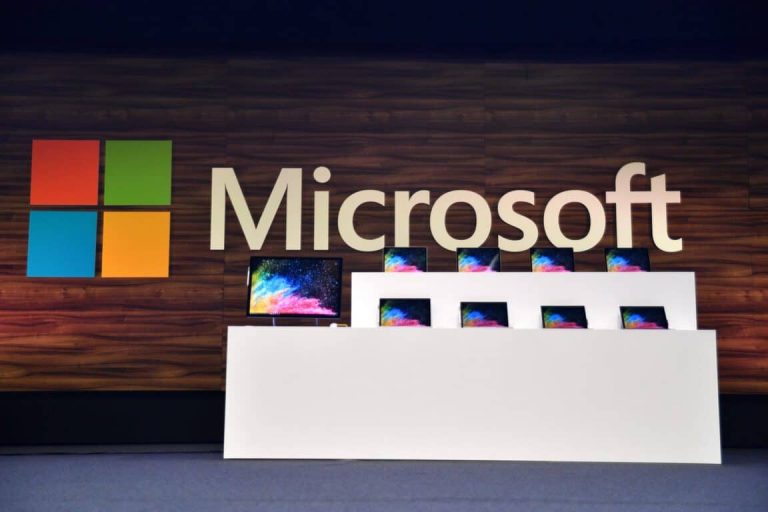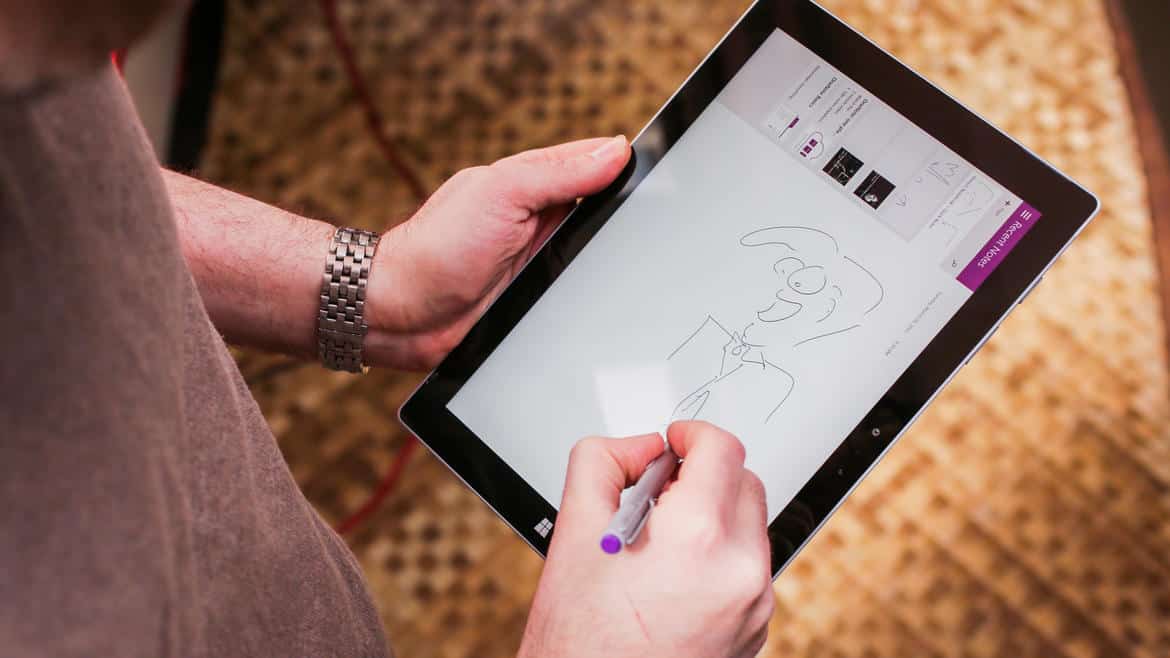Microsoft receives a lot of criticism these days for its increased focus on the cloud and business customers, but it seems that the company remains very interested in the consumer market. Indeed, after canceling the 8-inch Surface Mini back in 2014 and leaving the 2015 Surface 3 without a successor, the company may bring a new 10-inch affordable Surface tablet to the market in the second half of 2018.
According to a report from Bloomberg, the new 10-inch Surface tablets will feature rounded corners similar those found on Apple’s iPads, and they’ll also be the second Surface devices to come with a USB-C port following the Surface Book 2 last year. Moreover, the new tablets will keep the familiar kickstand first seen on the Surface RT, though these new 10-inch Surface tablets should be 20 percent lighter than the standard Surface Pro. The smaller size means that these models will have smaller battery, and Bloomberg expects a four hours difference compared to the Surface Pro.
Despite the recent launch of Always Connected PCs using the Qualcomm 835 SoC and Windows 10 on ARM, these new Surface tablets will reportedly stick with Intel processors, with optional LTE connectivity. According to the report, the new Surfaces should start at around $400 without accessories like a keyboard, which is $99 cheaper than the 2015 Surface 3. Microsoft is said to be planning 64GB and 128GB models, and all configurations will run Windows 10 Pro.
Microsoft hasn’t really refreshed the design of its Surface tablets since the 2014 Surface Pro 3, so it will be interesting to see Panos Panay’s team can out-innovate Apple’s popular but slightly dated iPad design. Anyway, it’s seems likely that the Redmond giant could hold a special event to introduce these new Surface tablets later this year, maybe with some updates for other Surface products along the way.
Overall, it pretty much seemed like Microsoft was no longer interested in smaller Surface devices, but Apple’s recently releasing its cheapest iPad ever suggests that there is still a big market for 10-inch tablets, especially in education. It’s still not clear if Microsoft will market these new Surface tablets will be targeted at consumers or students, but it’s clear that adding a much cheaper model to the lineup could really help the Surface brand get more market share as well as mindshare. However, we guess that Microsoft’s OEM partners may not be too happy about Microsoft no longer solely focusing on the higher end of the market, a space where they’re continuing to invest with yesterday’s announcement of the Surface Hub 2.



